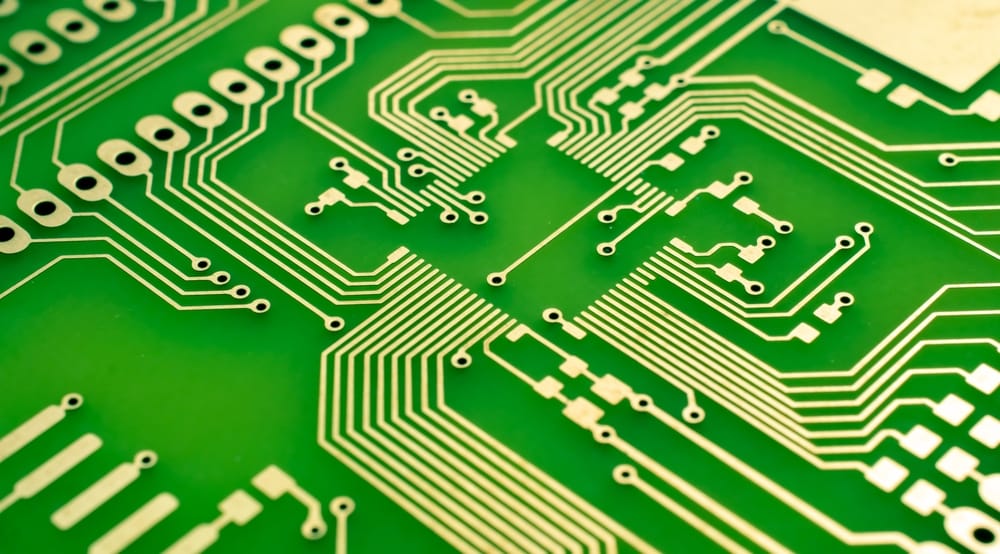PCB
PCB
Blog Article

Understanding Printed Circuit Boards (PCBs): The Heart of Modern Electronics
In the world of modern electronics, Printed Circuit Boards (PCBs) are the unsung heroes that enable the functionality of almost every electronic device we use today. These intricate and essential components form the backbone of electronic systems, from your smartphone and laptop to medical devices and automotive control systems. In this article, we will delve into the world of PCBs, exploring their significance, construction, and applications in our tech-driven world. Visit PCBa to learn more.
What is a Printed Circuit Board (PCB)?
A Printed Circuit Board, commonly known as a PCB, is a flat, rigid, or flexible board made from non-conductive material (usually fiberglass) that serves as a platform for connecting and supporting electronic components. PCBs are designed to provide a stable and reliable platform for interconnecting various electronic components, including resistors, capacitors, integrated circuits (ICs), transistors, and more, to create functional electronic devices.
The Importance of PCBs
PCBs are the foundation of virtually all electronic devices. They play a crucial role in ensuring proper connectivity, signal routing, and power distribution within electronic systems. Without PCBs, the assembly and interconnection of electronic components would be a daunting and error-prone task. PCBs simplify the manufacturing process, reduce the risk of wiring errors, and allow for compact and space-efficient designs.
Key Components of a PCB
- Substrate Material: The base material of a PCB is typically a non-conductive laminate, such as fiberglass-reinforced epoxy. This material provides mechanical support and electrical insulation.
- Copper Traces: Thin copper foils are bonded to the substrate material. These copper traces serve as conductive pathways that connect various components and enable the flow of electrical signals.
- Components: Electronic components, such as resistors, capacitors, ICs, and connectors, are soldered onto the PCB. These components perform specific functions within the electronic circuit.
- Solder Mask: A layer of solder mask is applied over the PCB's surface to protect the copper traces from environmental factors, prevent short circuits, and improve the overall aesthetics of the board.
- Silkscreen: The silkscreen layer is used for labeling and providing essential information about component placement, polarity, and reference designators.
Types of PCBs
PCBs come in various types, each designed for specific applications:
- Single-Sided PCB: These PCBs have copper traces on only one side of the board and are suitable for simpler, less complex electronic devices.
- Double-Sided PCB: These PCBs feature copper traces on both sides of the board, connected by vias (small holes filled with conductive material). They are commonly used in more complex electronic applications.
- Multilayer PCB: Multilayer PCBs consist of multiple layers of substrate material and copper traces, separated by insulating layers. They are used in advanced electronics, such as smartphones and high-performance computers, to accommodate densely packed components.
- Rigid and Flexible PCBs: Rigid PCBs maintain a fixed shape, while flexible PCBs can bend and conform to irregular shapes. Flexible PCBs are often used in applications where space constraints or flexibility is essential.
Applications of PCBs
PCBs are ubiquitous in modern electronics and find application in numerous industries, including:
- Consumer Electronics: PCBs are used in smartphones, laptops, tablets, televisions, and gaming consoles.
- Automotive: PCBs control various functions in modern vehicles, including engine management, infotainment systems, and safety features.
- Medical Devices: PCBs are crucial in medical equipment such as MRI machines, pacemakers, and blood analyzers.
- Industrial Control Systems: Industrial machinery and automation systems rely on PCBs for control and monitoring.
- Aerospace and Defense: PCBs are used in aircraft avionics, radar systems, and communication equipment.
Conclusion
Printed Circuit Boards (PCBs) are the unsung heroes of modern electronics, enabling the functionality of virtually every electronic device we use today. Their importance cannot be overstated, as they simplify the manufacturing process, reduce errors, and allow for compact and space-efficient designs. Understanding the construction and significance of PCBs is essential for anyone interested in the world of electronics, as these tiny boards play a massive role in shaping our tech-driven world.
Report this page